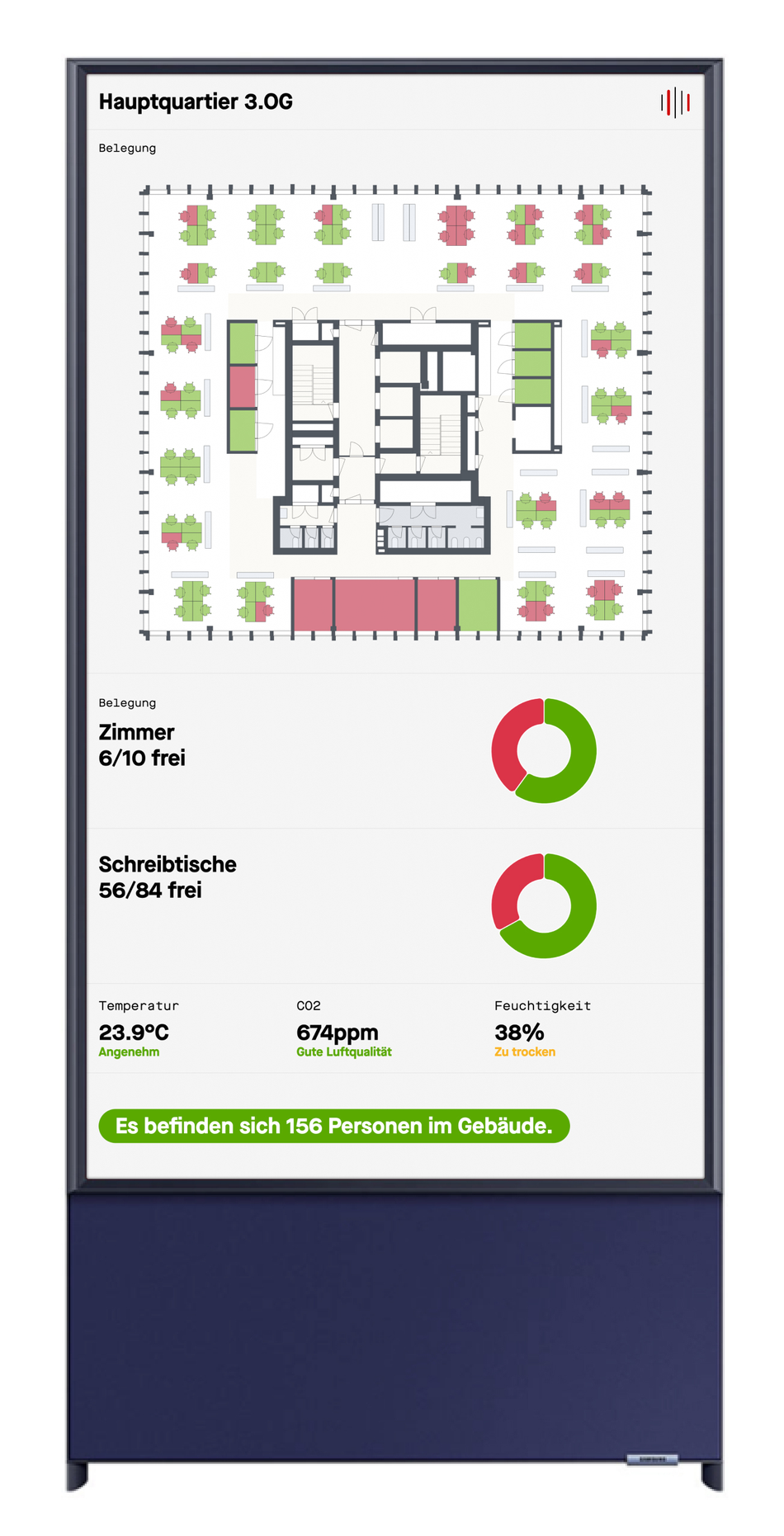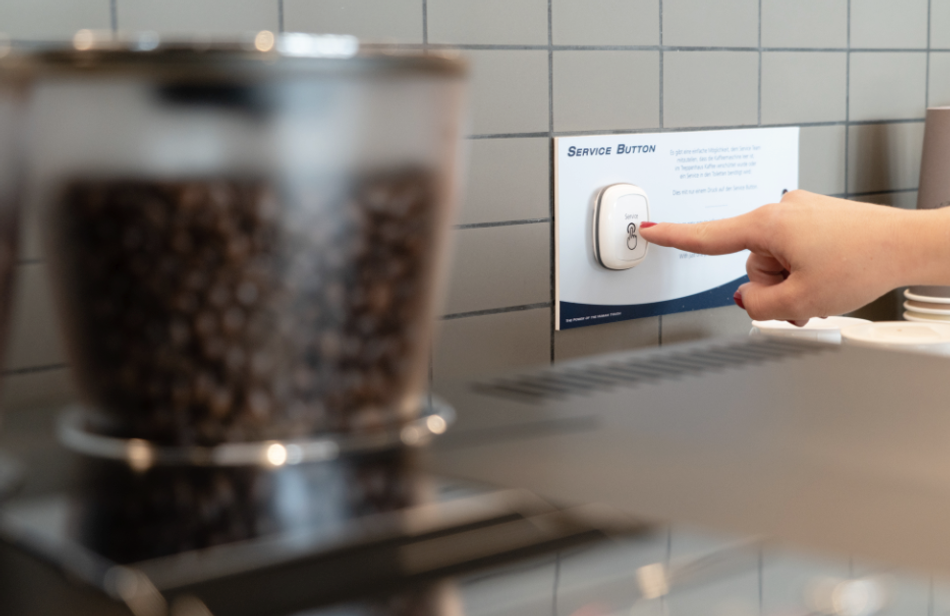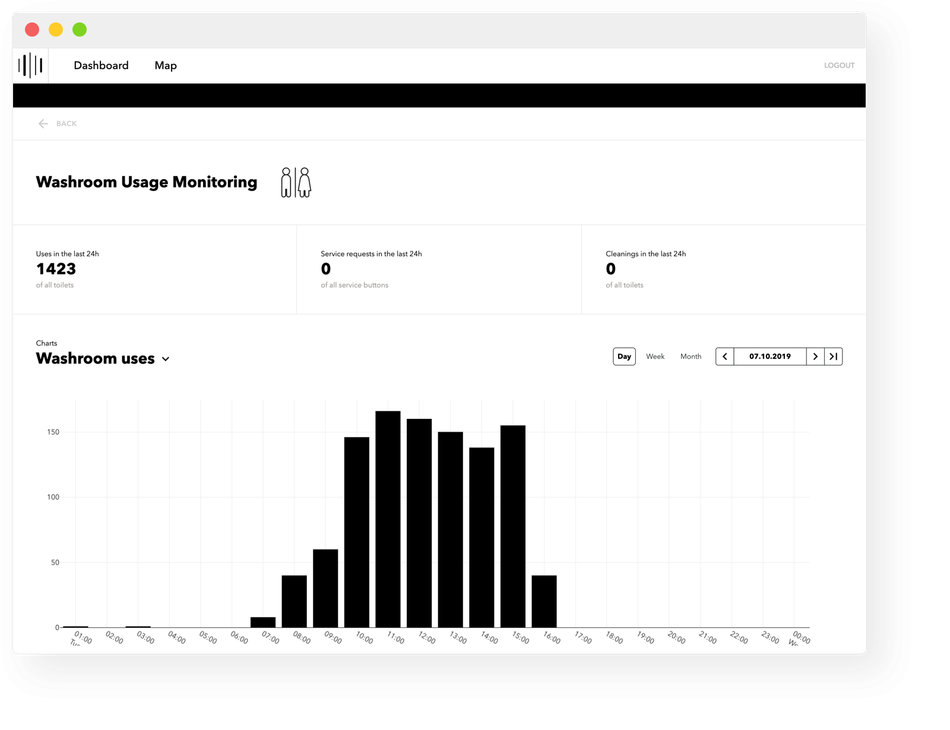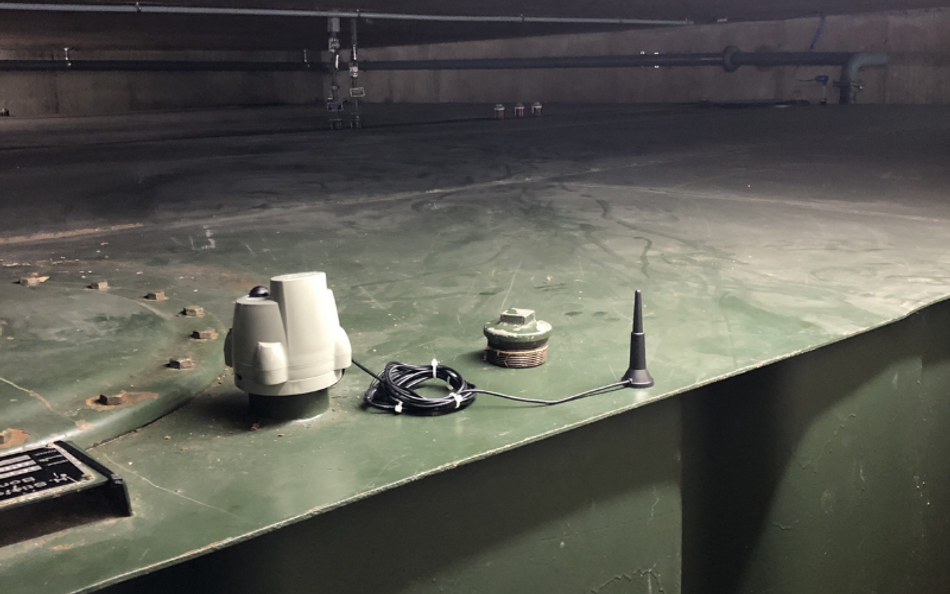Smart Building State of the Art
From workplace occupancy to indoor air quality monitoring and dynamic cleaning of washrooms, a broad range of new digital services have been made possible by the use of IoT in the facility management sector.
This article was first published on
akenza.comThe status quo in the facility management sector is constantly being questioned by technology evolution and customer expectations. As in other sectors, industry incumbents must innovate in order to stay competitive as each technological change brings its share of newcomers ready to challenge the position of industry leaders.
In this perspective, ISS Switzerland has shown how its digitization strategy and continuous innovation culture enabled the company to stay ahead of the curve. Over the past years, ISS and Akenza have collaborated on several projects that allowed ISS to offer new digital services and intelligent solutions to their customers.
From workplace occupancy to indoor air quality monitoring and dynamic cleaning of washrooms, a broad range of IoT-enabled digital services have been made possible.
In order to create the ideal environmental conditions for fostering innovation, ISS operates an innovation space in its headquarters (Cube) in Zurich, where new product solutions with high scaling potential are examined and tested.
This article presents some of the smart solutions that have been developed by ISS in collaboration with Akenza.
Workplace occupancy
With the recent trends towards flexible working, long-term office space optimization has become a challenge for companies and facility managers. To tackle this, sensors can be installed at different locations such as in meeting rooms and personal desks to measure the current and long-term workspace occupancy. Single sensors or also sensors integrated in free-standing-luminaires can be used. The data collected on the Akenza platform is used to deliver a real-time snapshot of the building in the form of 2D maps of the individual floors. These floorplans help the user to navigate easily in the office and find free workspaces. Similar to a car park, available workstations are shown in green as available and in red as occupied. Thanks to this navigation solution, an employee can find an available workstation very quickly and easily through the intuitive signage screen accessible in the office or on any mobile device. This solution also increases the user acceptance of a corporate desk sharing policy, as employees have a simple tool in their hands to find available desks within the building.
The long-term workspace monitoring allows to identify untapped potential and to optimize the amount of required office space. Based on the generated data, new space usage concepts can be planned and tested.
 Example of digital signage screenAir monitoring
Example of digital signage screenAir monitoring

In addition to collecting occupancy data, the smart devices in use are able to measure a range of air quality values such as the humidity, the temperature, the CO2 (carbon dioxide) levels, and the TVOC (total volatile organic compound), the measurement of volatile gases.
These measurements are displayed together with the occupancy data in the building and inform about the indoor air quality in the premises. The level of carbon dioxide, for example, can directly affect people’s wellbeing and performance. Poor air quality due to high levels of CO2 is linked to detrimental cognitive effects such as poor decision-making, lack of focus, and drowsiness.
Moreover, the recent COVID-19 outbreak has shown the importance of proper ventilation in office spaces. In the post-pandemic area, facility managers need to take appropriate measures in order to ensure a healthy environment for everyone.
Thanks to Akenza’s rule engine, the system monitors the air quality levels continuously and reacts automatically in case of poor air quality. Typically, an alert can be triggered when a configurable threshold is reached. In an ideal case, the system is connected to the building management system that controls the window blinds and ventilation system.

People counting
As mentioned above, the COVID-19 epidemic crisis brought new challenges for facility managers and companies. With the increasing number of COVID-19 cases around the world, the governments responded with stringent requirements to contain the virus and to prioritize public health. IoT-based solutions have been used to comply with some of these measures such as with social distancing for example. As companies must take measures to increase the operational distance between employees, People Counting has proven to be a good prevention tool to track the flow of people and avoid overcrowding.
To do so, sensors such as the one of Xovis AG are mounted on the main traffic areas, such as the entrance of each floor. This smart device counts the number of people and transmits the current count to the Akenza platform. The entire solution does not capture any personal data and is compliant with the EU General Data Protection Regulation. Employees and visitors are then informed about the current number of people via dedicated signage screens accessible from any device. This information can be coupled with indoor air quality measurements and the workplace occupancy floor plans for a full smart workplace experience.

Service on demand button
100’000 calls and 150’000 emails per year, these are the number of requests that the Customer Service Desk of ISS Switzerland needs to attend to. Establishing efficient processes is key in order to manage such a high volume of requests. Consider that even small mandates such as empty ink cartridge replacement can easily take 20 minutes per case.
To automate the processing of the requests and remove unnecessary manual steps, the ISS Digital Transformation team has developed a simple, yet very efficient solution: a configurable service on demand button. Within seconds, the push of a button triggers a notification, reaching the responsible person who provides the service in demand.
The buttons are fully programmable through the Akenza platform. They communicate any change in their status via LoRaWAN over the Low Power Network (LPN) provided by Swisscom.

Thanks to this smart solution, the customer service desk team obtained an average additional 8 hours of free time per day. The entire ticket process of small mandates is completely automated and therefore does not require any time or attention of the customer service staff.
Washroom usage monitoring
To better monitor and plan the frequency of room cleaning and maintenance in office buildings, a dedicated Washroom Usage Monitoring solution has been developed. It is part of the standard Business Intelligence (BI) modules of Akenza and is able to track the fluctuations in the usage of washrooms. Measuring the usage of washrooms enables a more dynamic cleaning of the premise. Magnetic sensors count the number of door openings and service on demand buttons allow a direct cleaning request by users. This leads to a better deployment of cleaning personal and faster response time.

Oil tank monitoring
Remote metering solutions have been part of the IoT landscape for several years. From heat meters to energy meters, several standard products have already been retrofitted with remote metering capabilities. However, there are still many others that still require the direct assistance of a person. It is the case of most oil tank installations for large buildings.
The Swisscom communication Nodes are a critical point of connection as they power the entire last-mile infrastructure for internet and phone line networks of a region. In case of a power loss, emergency generators will automatically produce the required electricity for the system to avoid any shutdown. The fill level of these oil tanks had to be verified manually every month by an employee from ISS and the result logged into an online file. Such a manual process was intensive in human resources and not entirely error-proof.
To optimize the process and make it more reliable, a dedicated LoRa sensor was mounted on the oil tank to continuously monitor the fill level of the tank. By doing so, the measurements are available in near real-time in a centralized point and appropriate actions can be taken if needed. Here again, the Akenza platform can automatically trigger a notification if the level reaches a lower threshold and inform the facility manager via email or SMS.

Towards smart facility management solutions
The previous examples describe some of the use cases that have been developed by ISS Schweiz and Akenza over the past years. All these smart solutions have been implemented within the same IoT infrastructure. This illustrates how versatile the current system is, allowing different sensors and end applications to be connected to the same middleware.
ISS Schweiz and Akenza will continue to collaborate in the ideation and development of novel digital services in the field of facility management for the customers of ISS. There is still untapped optimization potential to improve processes with IoT and hence many new smart solutions should see the light in the new future.
